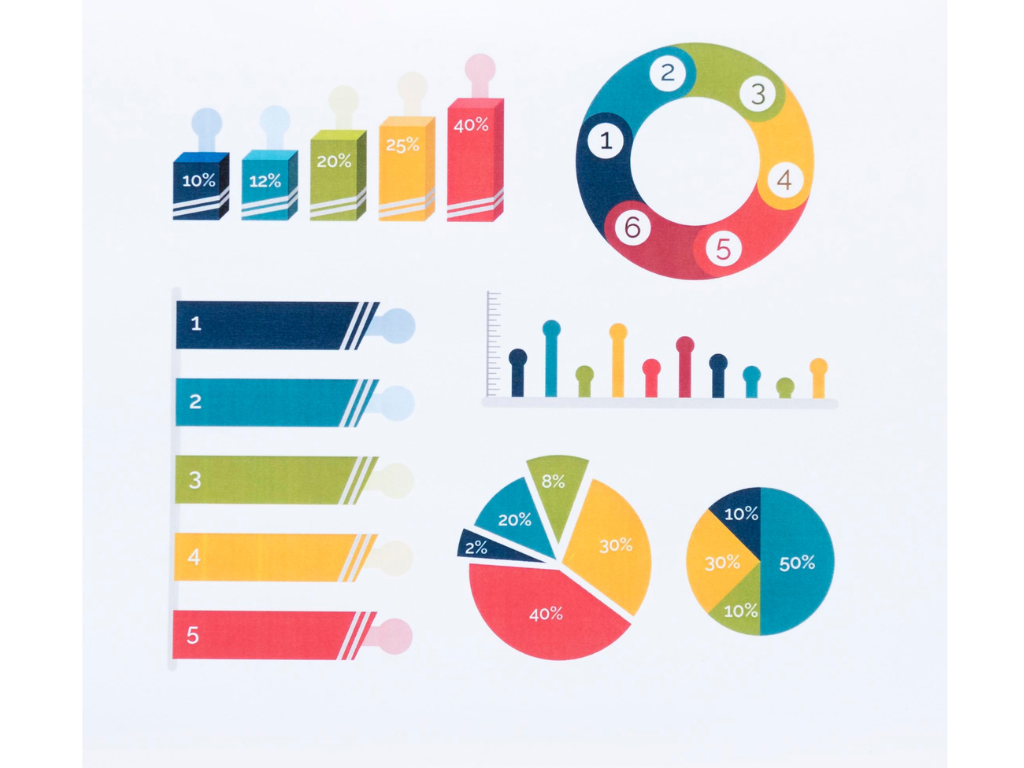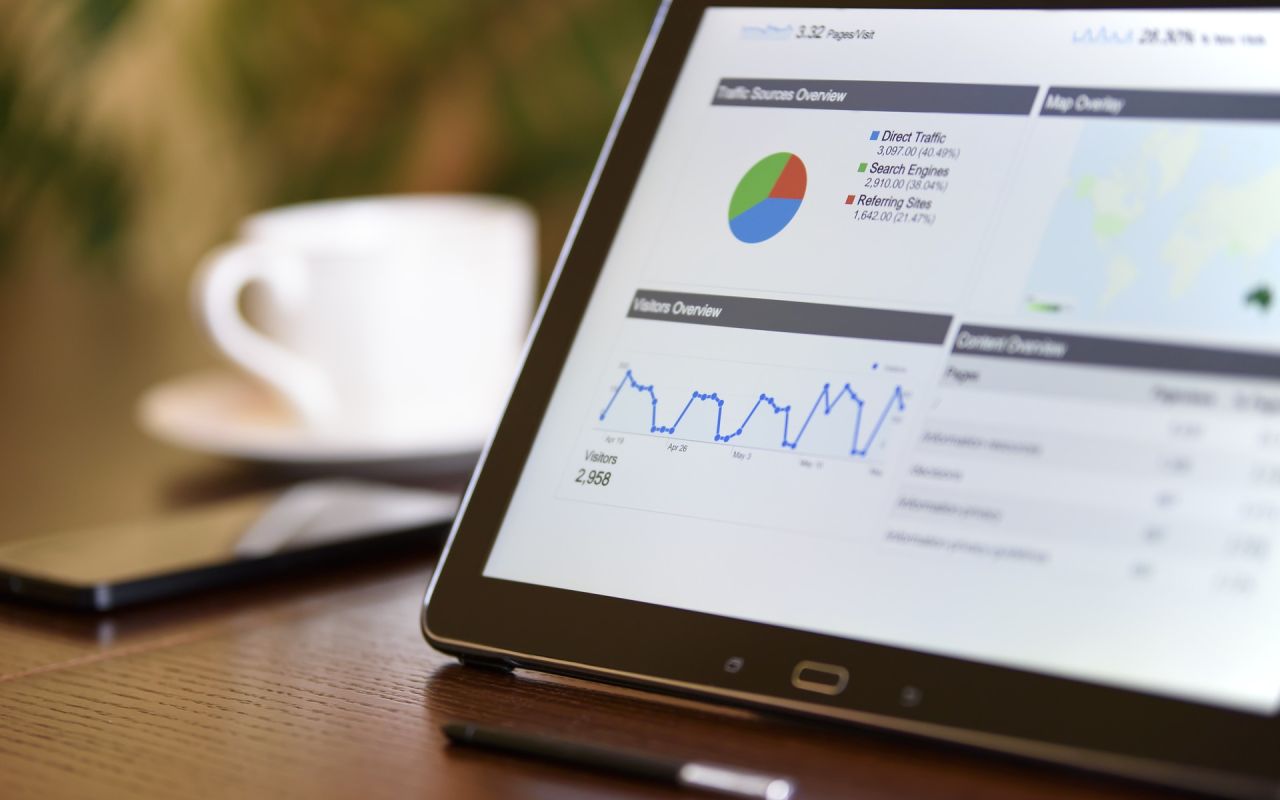ARTICLE
Top 20 KPIs Essential for Modern Marketing Strategies

Article Overview
Unlock your business potential with CockpitZone.
Streamline operations, boost productivity, and drive growth with our powerful tools.
Request a demo
Top 20 KPIs for Modern Marketing Strategies are essential metrics that help marketing teams measure the effectiveness of their campaigns, strategies, and overall performance. By tracking these KPIs, marketing professionals can make informed decisions, optimize efforts, and drive business growth. Here’s a detailed list of 20 marketing-specific KPIs, along with how to measure and analyze them to enhance marketing performance.

Website Traffic and Engagement Metrics
1. Website Traffic
- Measurement: Track the total number of visitors to your website over a specific period.
Analysis: Analyze trends in traffic growth, referral sources, and popular landing pages to gauge the effectiveness of marketing campaigns.
- Analysis: Analyze trends in traffic growth, referral sources, and popular landing pages to gauge the effectiveness of marketing campaigns.
2. Pageviews
- Measurement: Count the total number of pages viewed by visitors on your website.
- Analysis: Monitor which pages receive the most views to understand user behavior and optimize content
3. Average Session Duration
- Measurement: Calculate the average time visitors spend on your website per session.
- Analysis: Longer durations may indicate engaged users, while short durations may suggest issues with content or user experience.
4. Bounce Rate
- Measurement: Determine the percentage of visitors who navigate away from your website after viewing only one page.
- Analysis: A high bounce rate could indicate irrelevant traffic sources or poor landing page optimization.

Lead Generation and Conversion Metrics
5. Conversion Rate
- Measurement: Calculate the percentage of visitors who complete a desired action (e.g., filling out a form, making a purchase).
- Analysis: Monitor conversion rates across different channels and campaigns to identify high-performing tactics.
6. Cost per Lead (CPL)
- Measurement: Divide total marketing spend by the number of leads generated.
- Analysis: Compare CPL across campaigns to optimize budget allocation and improve lead quality.
7. Marketing Qualified Leads (MQLs)
- Measurement: Identify leads that meet specific criteria indicating they are more likely to become customers.
- Analysis: Track MQL conversion rates to assess lead nurturing efforts and campaign effectiveness.
8. Sales Qualified Leads (SQLs)
- Measurement: Leads that have been evaluated and deemed ready for direct sales follow-up.
- Analysis: Measure SQL conversion rates to evaluate marketing and sales alignment and lead quality.

Social Media Metrics
9. Social Media Reach
- Measurement: Count the total number of unique users who have seen your social media posts.
- Analysis: Track reach growth to assess the effectiveness of content and audience targeting.
10. Engagement Rate
- Measurement: Calculate the percentage of users who interact with your social media content (likes, comments, shares).
- Analysis: Higher engagement rates indicate content resonance and audience interest.
11. Click-through Rate (CTR)
- Measurement: Measure the percentage of users who click on a link included in your social media posts.
- Analysis: CTR reflects the effectiveness of your call-to-action and content relevance.
12. Social Media Conversion Rate
- Measurement: Calculate the percentage of social media visitors who complete a desired action (e.g., sign up, purchase).
- Analysis: Analyze conversion rates by platform to optimize social media advertising and content strategies.

Email Marketing Metrics
13. Email Open Rate
- Measurement: Calculate the percentage of recipients who open your email campaigns.
- Analysis: Test subject lines and content to improve open rates and engagement.
14. Click-to-Open Rate (CTOR)
- Measurement: Measure the percentage of recipients who clicked on a link in your email after opening it.
- Analysis: CTOR indicates the effectiveness of your email content and call-to-action.
15. Email Conversion Rate
- Measurement: Calculate the percentage of email recipients who completed a desired action (e.g., made a purchase).
- Analysis: Segment audiences and personalize content to improve conversion rates.

Content Marketing Metrics
16. Blog Traffic
- Measurement: Track the number of visitors to your blog and individual blog posts.
- Analysis: Identify popular topics and optimize content strategy based on traffic and engagement.
17. SEO Performance
- Measurement: Monitor keyword rankings, organic traffic, and backlinks to your content.
- Analysis: Improve SEO strategies based on keyword performance and search engine algorithm updates.
18. Content Engagement Rate
- Measurement: Calculate the percentage of visitors who interact with your content (comments, shares).
- Analysis: Use engagement data to refine content creation and distribution strategies.

Customer Retention and Loyalty Metrics
19. Customer Retention Rate
- Measurement: Calculate the percentage of customers who continue to do business with you over a specific period.
- Analysis: Implement retention strategies based on customer feedback and behavior analysis.
20. Net Promoter Score (NPS)
- Measurement: Survey customers to determine their likelihood to recommend your company to others.
- Analysis: Use NPS feedback to improve customer satisfaction and loyalty initiatives.
Conclusion
By measuring and analyzing these 20 key performance indicators, marketing teams can gain valuable insights into their efforts, optimize strategies, and drive business growth. Each KPI serves a specific purpose in evaluating different aspects of marketing performance, from lead generation to customer retention. Implementing a robust KPI tracking system allows marketers to make data-driven decisions, improve campaign effectiveness, and achieve measurable results aligned with business goals.



